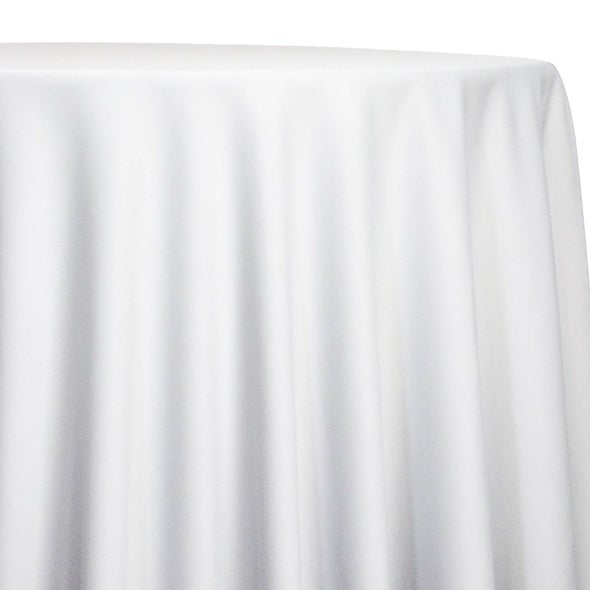Flat Sheet Buying Overview: What to Search for comfortably and High quality
Wiki Article
Bed Linen Textile Technologies: Discovering Modern Trends and Creative Applications in Design and Textile Market
From lasting manufacturing approaches to sophisticated weaving technologies, the evolution of bed linen is reshaping the landscape of the fabric industry. As we dig right into the realms of creative style applications and the appearance of bed linen blends and hybrid fabrics, a new phase unfolds in which linen's role in future fabric technologies takes facility stage.Sustainable Practices in Linen Production
Sustainable practices in linen production have come to be increasingly vital in the textile sector's initiatives to lessen environmental effect and advertise moral sourcing techniques. Linen, an all-natural fiber originated from the flax plant, offers a variety of benefits such as toughness, breathability, and biodegradability. Nevertheless, traditional techniques of linen manufacturing can involve substantial water consumption, chemical use, and energy-intensive procedures.To address these difficulties, several textile manufacturers are embracing lasting practices throughout the bed linen manufacturing process. This includes sourcing flax from natural ranches that avoid harmful pesticides and chemicals, applying water-efficient retting techniques to essence fibers from the flax stalks, and making use of environment-friendly dyes and coatings. Furthermore, some firms are investing in renewable resource resources to power their production facilities and lowering waste through recycling and upcycling initiatives.
Technical Advancements in Linen Weaving
With the growing focus on lasting techniques in linen production, the textile sector is now seeing a rise in technical advancements specifically targeted at reinventing the art of bed linen weaving. These innovations are reshaping the way linen fabrics are created, using boosted performance, top quality, and creativity in weaving techniques.Among the vital technical advancements in bed linen weaving is the integration of computerized looms. These advanced looms are equipped with software that allows for complex and elaborate designs to be woven with precision. By digitizing the weaving process, manufacturers can achieve better uniformity and precision in their bed linen materials.
Additionally, developments in yarn spinning innovation have enabled the manufacturing of finer and more long lasting bed linen threads - table cloths. This causes softer and smoother bed linen materials that maintain their high quality even after several usages and washes
Furthermore, the growth of eco-friendly dyeing procedures and surfaces for bed linen textiles is getting traction. These lasting techniques not only reduce the ecological effect but additionally deal with the enhancing consumer need for fairly produced fabrics.
Creative Design Applications for Bed Linen
Innovative creative strategies are progressively forming the imaginative design applications for linen in the fabric industry. Linen's natural visual charm and capacity to blend with other materials make it a favored choice for creating special garments and devices that provide to the ecologically aware customer.Moreover, designers are try out bed linen in home style, utilizing its long lasting and breathable nature to craft fashionable furnishings such as curtains, bedding, and upholstery. The structure and drape of linen bring a feeling of refinement and convenience to indoor rooms, including a touch of beauty to modern-day homes.

Bed Linen Blends and Crossbreed Fabrics

Crossbreed fabrics, on the other hand, take the principle of blending an action even more by including extra elements such as metal threads, recycled materials, or conductive fibers. These cutting-edge textiles not just broaden the style possibilities yet likewise introduce useful elements like conductivity, antimicrobial homes, or enhanced durability. Crossbreed fabrics are significantly being used in numerous industries, including style, interior decoration, and technical fabrics, where the demand for multifunctional products is on the surge.
Linen's Function in Future Textile Innovations

In the world of future fabric innovations, linen is expected to be a principal in the development of sophisticated practical textiles. Designers and scientists are discovering means to enhance Read Full Report linen's intrinsic top qualities through technological advancements, such as including clever textiles, nanotechnology, and performance surfaces. These advancements intend to boost bed linen's efficiency features, making it ideal for a broader series of applications, from activewear to protective clothing.
Moreover, the combination of linen with other all-natural or artificial fibers opens countless opportunities for developing unique fabrics Check This Out with special residential or commercial properties and functionalities. By leveraging linen's features and exploring cutting-edge blends, the fabric market is poised to introduce exciting developments that cater to advancing customer demands and sustainability demands.
Final Thought
In final thought, the exploration of sustainable techniques, technical advancements, imaginative layout applications, linen blends, and its role in future fabric technologies highlight the continual development of linen fabric in the modern-day layout and textile industry. With a focus on technology and creative thinking, the adaptability and environment-friendly nature of linen make it a valuable material for makers and designers alike, leading the way for more growths and innovations in the field of fabrics.As we dig right into the worlds of imaginative layout applications and the appearance of linen blends and crossbreed materials, a new phase unravels in which linen's role in future textile developments takes center phase.
Exploring the blend of linen with various other fabrics has actually led to the introduction of innovative blends and crossbreed fabrics in the contemporary fabric industry. Linen blends supply a special mix of the qualities of bed linen with those of other fibers, resulting read more in materials that have enhanced properties such as boosted toughness, improved draping, and minimized wrinkling.The advancement of linen blends and hybrid materials has actually set the stage for Bed linen to play a crucial role in driving future textile technologies.In the world of future textile developments, linen is anticipated to be a vital player in the development of sophisticated practical textiles.
Report this wiki page